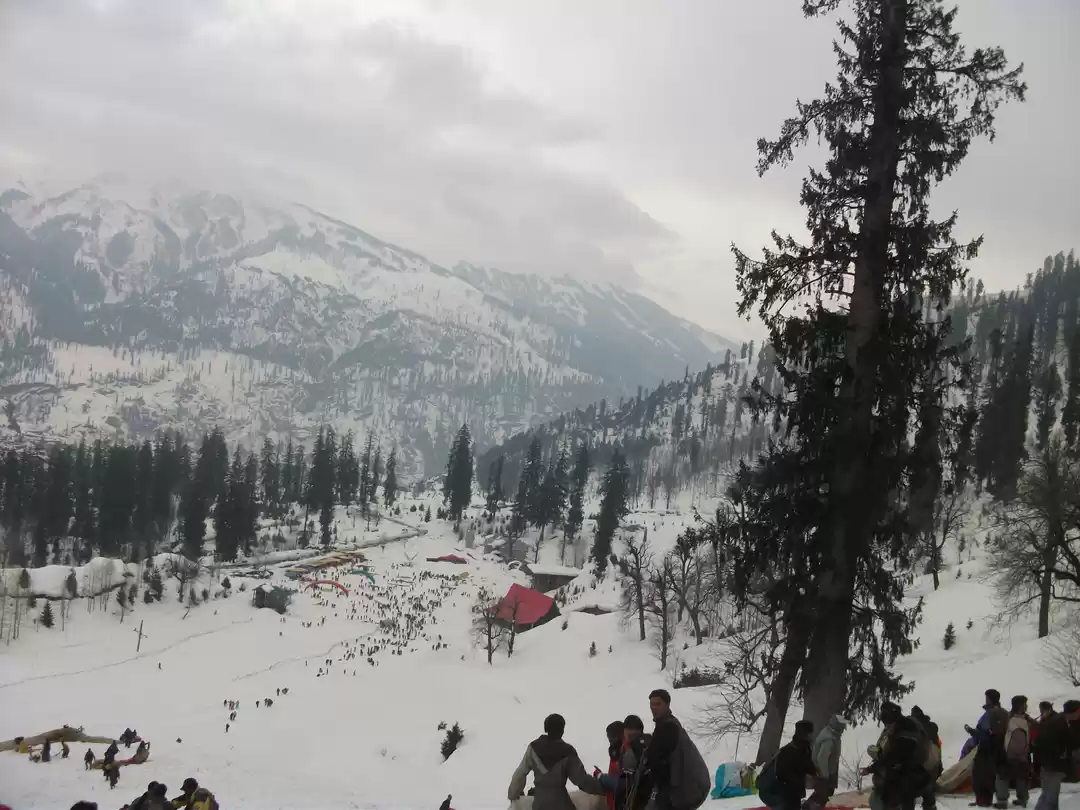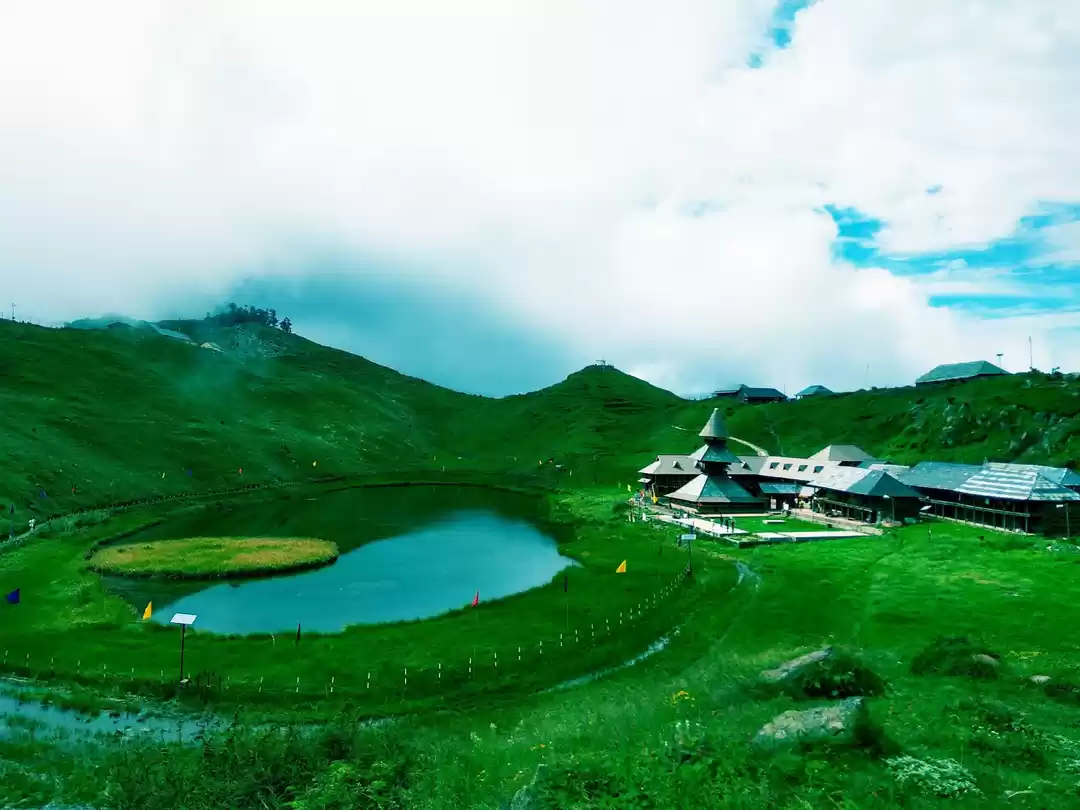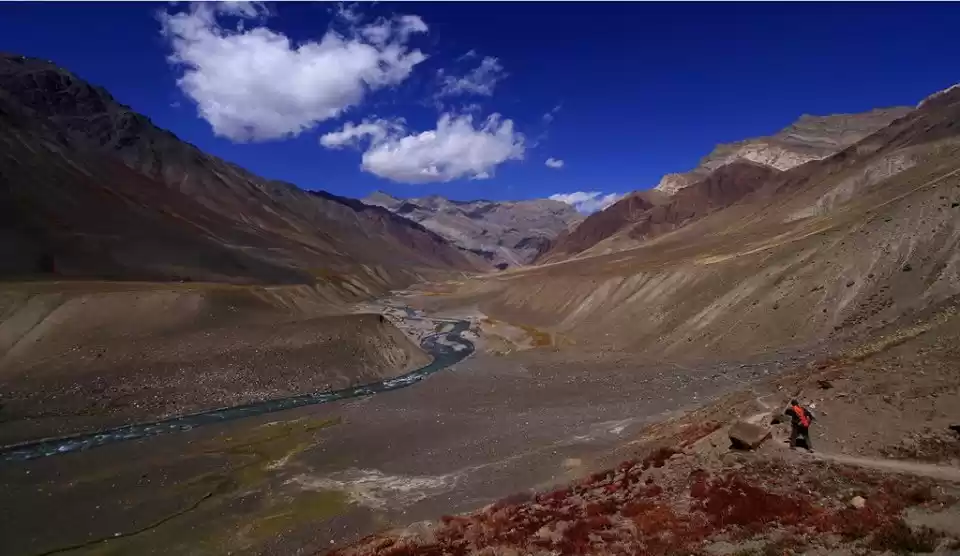Pin Valley National Park is one of the most beautiful and remote places in India, located in the cold desert region of Spiti Valley in Himachal Pradesh. The park is home to the elusive and endangered snow leopard, along with many other rare and exotic wildlife and plant species. The park also offers some of the most adventurous and scenic treks in the Himalayas, crossing high mountain passes and exploring ancient villages and monasteries. If you are looking for a unique and unforgettable experience in the lap of nature, Pin Valley National Park is the perfect destination for you.
In this article, we will tell you everything you need to know about Pin Valley National Park, such as its flora and fauna, trekking options, best time to visit, how to reach, and tips for visiting. We will also show you some of the other top ranking places in Spiti Valley that you can visit along with Pin Valley National Park. Read on to discover the wonders of this amazing place and plan your trip accordingly.
Flora and Fauna of Pin Valley National Park

Pin Valley National Park is a biodiversity hotspot, with a rich variety of wildlife and plant species. The park is famous for being the home of the snow leopard, the king of the Himalayas. The snow leopard is one of the most elusive and endangered animals in the world, with only about 5000 left in the wild.
The park is also home to many other rare and exotic animals, such as the Tibetan wolf, the red fox, the Himalayan brown bear, the Himalayan blue sheep, the ibex, and the marmot. The park also hosts a variety of birds, such as the golden eagle, the bearded vulture, the Himalayan griffon, the snow partridge, and the snow cock. The park is a paradise for wildlife lovers and photographers, who can witness the amazing diversity and beauty of nature. The park is part of the Pin Valley National Park and Biosphere Reserve, which is one of the 18 biosphere reserves in India.
Pin Valley National Park Trek
Pin Valley National Park is a haven for trekkers, who can enjoy some of the most challenging and rewarding treks in the Himalayas.
Some of the most popular and famous treks in Pin Valley National Park are:
1. Pin Parvati Pass Trek
This is one of the most challenging and rewarding treks in the Himalayas, crossing the Pin Parvati Pass, which is at an altitude of 5319 meters. The trek starts from the Parvati Valley in Kullu district and ends at the Pin Valley in Spiti district, covering a distance of about 110 kilometers. The trek takes about 10 to 12 days to complete, depending on the weather and fitness level. The trek offers some of the most diverse and stunning landscapes, such as lush green meadows, dense forests, rocky terrains, snow-clad mountains, and glacial lakes.
2. Pin Bhaba Pass Trek
This is another challenging and rewarding trek in the Himalayas, crossing the Pin Bhaba Pass, which is at an altitude of 4865 meters. The trek starts from the Bhaba Valley in Kinnaur district and ends at the Pin Valley in Spiti district, covering a distance of about 50 kilometers. The trek takes about 6 to 8 days to complete, depending on the weather and fitness level. The trek offers some of the most diverse and stunning landscapes, such as green pastures, alpine forests, barren mountains, and glacial streams.
3. Mud Village Trek
This is a relatively easy and short trek in Pin Valley National Park, starting and ending at the Mud Village, which is the last village in the Pin Valley. The trek covers a distance of about 12 kilometers, and takes about 3 to 4 hours to complete. The trek offers some of the most beautiful and serene landscapes, such as green fields, apple orchards, and pine forests. The trek also offers some of the most authentic and cultural experiences, as you can interact with the local people, who are known for their hospitality and simplicity.
Best Time to Visit Pin Valley National Park
Pin Valley National Park is open throughout the year, but the best time to visit depends on your preference and purpose. The park has different seasons and weather conditions, which affect the accessibility, scenery, and wildlife of the park. Here is a brief overview of the best time to visit Pin Valley National Park, based on the season and month:
Winter (November to March): This is the coldest and snowiest season in Pin Valley National Park, with temperatures ranging from -20°C to 5°C. The park is covered with a thick layer of snow, which makes it difficult to access and explore. However, this is also the best time to see the snow leopard, as they come down to lower altitudes in search of prey. The park also offers a stunning contrast of white snow and blue sky, which creates a magical and surreal atmosphere.
Summer (April to June): This is the warmest and most pleasant season in Pin Valley National Park, with temperatures ranging from 15°C to 25°C. The park is accessible and easy to explore, as the snow melts and the roads and trails are clear. The park also offers a vibrant and colorful scenery, as the flowers bloom and the greenery returns. If you are looking for a relaxing and scenic experience, and want to enjoy the beauty and diversity of nature, summer is the best time to visit Pin Valley National Park.
Monsoon (July to September): This is the wettest and most unpredictable season in Pin Valley National Park, with temperatures ranging from 10°C to 20°C. The park receives heavy rainfall and occasional snowfall, which makes it risky and difficult to access and explore. The park also offers a dramatic and dynamic scenery, as the clouds, mist, and fog create a mysterious and enchanting effect. The park also hosts some of the most adventurous and challenging treks, such as the Pin Parvati Pass Trek and the Pin Bhaba Pass Trek, which cross some of the highest and most difficult mountain passes in the Himalayas.
Other Top Ranking Places in Spiti Valley
Pin Valley National Park is not the only attraction in Spiti Valley, which is one of the most beautiful and remote places in India. Here are some of the other top ranking places in Spiti Valley, which you can visit along with Pin Valley National Park:
1. Key Monastery: This is one of the oldest and most famous Buddhist monasteries in Spiti Valley, which is located at an altitude of 4166 meters. The monastery is a splendid example of Tibetan architecture, which has a fort-like structure and a golden dome.
2. Kibber Village: This is one of the highest and most picturesque villages in Spiti Valley, which is located at an altitude of 4270 meters. The village is famous for its traditional mud houses, which are painted in white and blue colors. The village is also famous for its wildlife sanctuary, which is home to the snow leopard, the ibex, and the blue sheep.
3. Chandratal Lake: This is one of the most beautiful and serene lakes in Spiti Valley, which is located at an altitude of 4300 meters. The lake is also known as the Moon Lake, as it has a crescent shape and a crystal clear water. The lake is surrounded by snow-capped mountains and meadows, which create a stunning contrast of colors and textures.
How to Reach Pin Valley National Park
Pin Valley National Park is located in the cold desert region of Spiti Valley in Himachal Pradesh, which is one of the most remote and isolated places in India. The park is not easily accessible and requires a lot of planning and preparation. The park can be reached by road, rail, and air, from different cities and towns. Here is a brief overview of how to reach Pin Valley National Park, by different modes of transport:
By Road: The park can be reached by road from two routes: via Manali and via Shimla. The route via Manali is shorter and faster, but also more difficult and dangerous. The route via Shimla is longer and slower, but also more safe and comfortable. The road conditions and accessibility depend on the season and weather, and may vary from time to time.
By Rail: The park can be reached by rail from two stations: Kalka and Chandigarh. The nearest railway station to the park is Kalka, which is about 400 kilometers away. The nearest major railway station to the park is Chandigarh, which is about 500 kilometers away. The railway journey to the park is a pleasant and comfortable experience, as you can enjoy the views and amenities of the trains.
By Air: The park can be reached by air from two airports: Bhuntar and Chandigarh. The nearest airport to the park is Bhuntar, which is about 250 kilometers away. The nearest major airport to the park is Chandigarh, which is about 500 kilometers away. The air journey to the park is a quick and convenient experience, as you can save time and hassle of traveling by road or rail.
Pin Valley National Park is a place that can offer you a lifetime of memories and experiences, with its natural and cultural wonders. The park is a place that can satisfy your curiosity and adventure, with its wildlife and trekking adventures. The park is a place that can enrich your knowledge and spirituality, with its beauty and culture. The park is a place that can make you fall in love with Spiti Valley, and want to explore more of its attractions.

















































